Menu
With their multiple manipulator arms, array of finely tuned sensors and heavy-duty propulsion systems, there is no doubt that larger, work-class ROV’s have a wide variety of functions in the oil and gas sector. But there are a whole host of benefits and advantages that are unique to that of the modest but no less vital mini-ROV.
Mini-ROVs are a classification of remotely operated vehicle that weight less than 20kg. While lacking the raw power of the larger classifications of vehicles, their added manoeuvrability and smaller scale gives them a variety of important uses.
The advantages of these machines are capitalised on by skilled pilots, who use them to perform inspection and maintenance tasks on pipes and other installations that are located in the subsea environment. While inspection may sound insignificant, it is actually an important activity that is paramount to the safe functioning of the offshore energy sector, as this article will go on to explain.
The drive for safety
The oil and gas industry operates under perhaps some of the most strict and stringent safety regulations of any commercial sector. This is not without good reason as any accident that takes place offshore can have disastrous and wide-spread consequences for the well operators, the environment, and the local population.
As a result, in 2019, the energy sector is one of the safest and least accident-prone sectors in the world, with offshore oil and gas workers having a lower rate of personal injury than many other sectors including manufacturing and building construction.
However, at the same time, this drive for safety has to be balanced with ensuring that downtime on the installation is kept to an absolute minimum as even a short delay can have huge financial repercussions. While clearly safety is more important a priority than profit, using a small and expertly driven mini-ROV can enable both to be achieved.
Routine Inspection
It goes without saying that there are a staggering number of pipes, cables and connectors that sit below the water level on any offshore site. Every one of these assets serve a purpose and as such need to be regularly checked up on, to ensure that they are fit for purpose. This is where the mini-ROV comes into its own.
One of the main benefits that these vehicles offer is a cost-effective solution to quickly investigate a site which might be impractical, time-inefficient and sometimes impossible for a human diver to reach.
With offshore operators moving to deeper and deeper locations in search of oil, the advantage of being able to deploy a vehicle to inspect underwater assets, speaks for itself.
Moreover, these small-scale, lightweight mini-ROVs can inspect a wide variety of different underwater infrastructure including vessels and structures up to a depth of 300m without any downtime or additional support. This means that production doesn’t need to cease to accommodate the inspection process, resulting in a win-win situation for the offshore operators.
These lightweight vehicles can often fit inside confined underwater spaces with ease due to their small form-factor and are never at risk of damaging sensitive underwater equipment, or structures, making them an attract and viable alternative to utilising a human diver.
Fresh water and Ballast Tank’s
Ballast tanks obviously serve a crucial purpose both for vessels, semi-submersible rigs and more recently for floating wind turbines. Flooding the ballast tanks is vital to ensuring the stability and therefore safety of offshore structures. However, like any vital component, it is important to regularly inspect these tanks to ensure that they are functioning optimally.
In the past ballast tank inspection would involve pumping all the water out, and require a team of people with rope access to enter the tank and conduct a manual inspection, often using gas and oxygen monitoring devices.
However, by using a mini-ROV fitted, with suitable sensors, the same job can be done without emptying the tank, meaning that work is not disrupted, and the data is available instantly to the relevant staff. This in turn increases efficiency and reduces costs, making the ROV a valuable tool for tank inspection.
Cleaning Services
An ever-present problem for any structure, be it a vessel’s hull or a pipe that sits below the waterline, is marine biofouling. According to some reports over 1,700 different species comprising of 4,000 different organisms can latch onto submerged structures. These organisms form communities of ‘hard’ fouling organisms – barnacles, molluscs and mussels, and ‘soft’ fouling organisms – seaweed, algae and biofilm slime.
The development of marine growths such as these can lead to the rapid decline of asset integrity and additional loads and stresses due to drag loading in tidal and weather current. In the case of metal structures such as pipes, biocorrosion can occur, which will eventually lead to visible cracks, pitting and corrosion within assets, causing inefficiencies and ultimately repair costs for the operators.
Mini-ROV’s can yet again provide a viable solution to this never-ending problem. Vehicles can be outfitted with specially designed equipment created to clean underwater assets, cleansing them of biofilm and ensuring structural integrity is not compromised. Being able to rapidly deploy an ROV equipped with biofilm removing equipment constitutes a major advantage to offshore operators.
Conclusion
This article aimed to cover just a few of the many tasks that micro or mini-ROVs excel at. While they may not have the brawn of the bigger work class vehicles, mini-ROVs fitted with the right sensors and in the hands of a skilled pilot they can provide a range of high-value services that are critical to the offshore marine industry.
Being able to access restricted areas inspections by mini-ROVs, proves once and for all that bigger isn’t always better.



